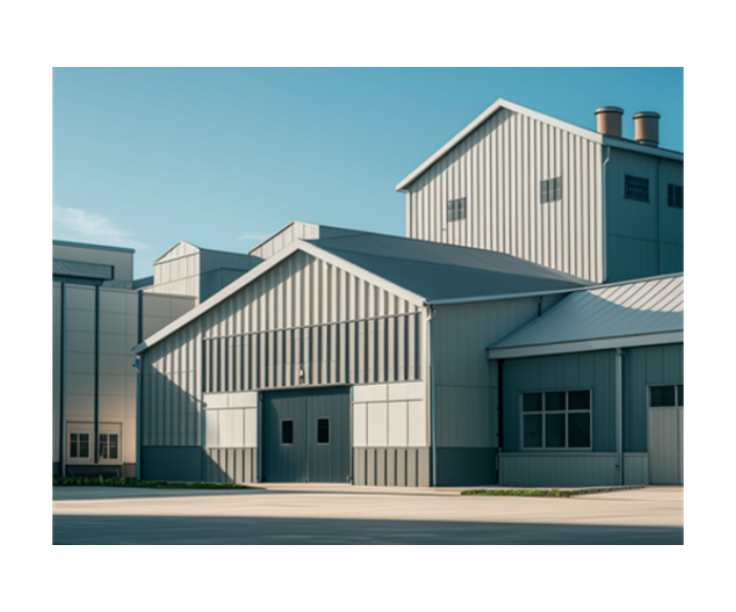Introduction
Divesting the planet of billions, natural disasters like earthquakes and hurricanes have become more common as death toll figures are measured in thousands; or tens of thousands when it comes to floods and wildfires. The first thing that is required following such an event is the need for immediate emergency shelter. Prefab container homes are very convenient and proved to be a useful shelter in times of disaster as it gives immediate but tempory cost effective solution.
Speed of Deployment
When disaster strikes, time is of the essence and rapidly deployed shelter is essential. They are easy to build and can be easily adapted, with a standard delivery date of one or even several days (h our). Containers are a fast-deployment solution, bridging the location gap between disaster and victim due to their modular nature: they can be scaled onto trucks or loaded trains (or both) fully assembled — if not in parts with minimum assembly required on site — for immediate operation. Examples of such case studies are the container houses which were immediately constructed after Haiti earthquake in 2010 and following Christchurch earthquake, New Zealand on February 22nd 2001.
Durability and Strength
Being incredibly durable and strong, shipping containers work very well as disaster relief housing. They are made to withstand everything a long journey overseas can throw at them, from severe weather conditions and knocks during shipping. Those used as housing in disaster zones can again with additional insulation, sealing and reinforcement to protect from elements and ensure the safety and healthy living of it occupants.
Cost-Effectiveness
This is one of the main advantages to make such an economic decision because otherwise disaster relief will end up costing governments a lot more money. Container homes is far more affordable compared to classic temporary housing solutions as a tent, or redneck mobile home. By reducing the amount of labor have to do on site and cost for additional materials, it enables disaster relief organizations to provide shelter for more people. Furthermore, the ability to employ these units in potential subsequent disaster scenarios can enhance their economic feasibility.
Sustainability and Environment
Another attractive feature of the prefabricated container houses is its sustainability practice. Not only do these units cut down on the waste being sent to landfill by re-purposing unused shipping containers that would just be thrown out, but they also encourage a cyclical economy. Container homes can also be made with energy-friendly design features, such as solar panels and recycled insulation, that help reduce the overall ecological footprint of container housing and thus advocate sustainability in disaster recovery.
Customization and Flexibility
Container homes provide a high level of customization as well as flexibility, which means that they can be tailored to suit different needs in disaster situations. The "modular" nature of these units allows different configurations as life changes; when family grows or contracts. This flexibility is especially valuable in the tumultuous and changing settings that succeed disasters.
Health and Comfort
Container houses need to have good living conditions and must ensure the health and comfort of residents. The pods may be kitted out with basic amenities, such as beds, heating and lighting or sanitation facilities. In addition, creating a secure and stable environment is crucial for well being of the affected victims who have gone through great trauma during any disaster.
Challenges and Considerations
Despite their several advantages, they are not without challenges; as such can prefabricated container houses truly offer everyone a leg up the property ladder? You will need to focus on such things as insulation and ventilation if you wish them all the creature for responding well in a tiny living area. Problems related to the law and regulations may emerge in implementing container houses suitable for disaster zones, with cooperation with local government organizations. Finally, connecting these emergency residences with other long-term recovery and rebuilding initiatives is crucial for a seamless handoff to the communities most affected.
Conclusion
The best part is that when natural disasters hit, prefabricated container houses becomes a savior in terms of an urgent and yet economical solution to offer vulnerable people somewhere safe. They can also be quickly deployed, are long-lasting and adaptable, making them the ideal material for a disaster relief investigations. In a world under siege from natural disasters, never underestimate the role container homes will play in saving lives and offering shelter during times of great crisis.

 EN
EN







































